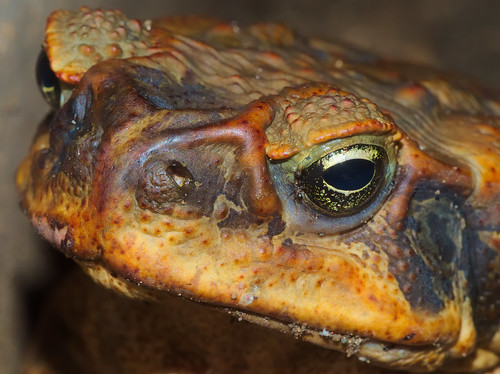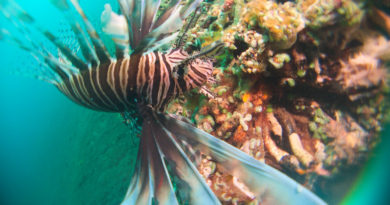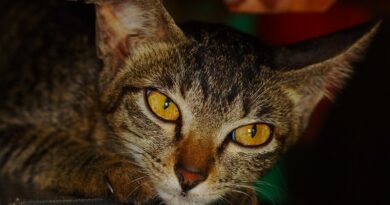Invasive Species
The Philippines, like so many other islands, are suffering from invasive species, on land.
A prime example of an invasive species is the cane toad. The wet tropics of Australia are famous for this animal, where the animals were placed in the 1960 by government bureaucrats, in an effort to combat an insect pest of sugar cane. That did not work well, but the toads spread widely, almost all over the wet part of Queensland and the NT. This funny documentary from the 80s tells the story of the toads, and of the charming Australians living with them.
This cane toad below I photographed just yesterday in Bolinao, Luzon Island, Philippines. In parts of the Philippines the toads are called “Paki mericano”, American frog, and I speculate that they were introduced during American colonial times. The fact that the country is compose of thousands of islands makes the spread of the toads more of a challenge for them, but I have nevertheless seen them in a lot of places. They grow huge, bigger than my fist, and in contrast to their abundance I have seen very few native amphibians in the Philippines, ever.
And that’s the main problem with invasive species: they outcompete native species. Biodiversity goes down. Instead of dozens of native frogs, one invasive toad now rules the land.
I recall that in Micronesia they are called “Kairu” (pardon my mis(?)spelling), the Japanese name for frog, since they were introduced by the Japanese colonizers.
Another invasive species in the Philippines is the Giant African Land Snail. Here I shot two individuals mating:
The snails are, like the cane toads, large and numerous. I have seen many more of these in the north of the Philippines as compared to the center and the south (Visayas). I can’t recall seeing any of them in Palawan, which is on average a dryer place than the rest of the country. I do not know how this species arrived here. In addition to being brought in on purpose by well-intentioned but poorly informed officials, invasive species often simply hitch a ride in agricultural shipments (as seems to have happened with the brown tree snake which has whipped out most birds in Guam), or in ballast tanks of ships.
There is nothing inherently evil (a weird concept, evil, akin to possessed by demons) about the animals of an invasive species. Their ancestors were brought to a new land long before they hatched, and even these ancestors did not travel out of their own will. The toads and snails just follow their behavioral programs, which make them feed and reproduce. Due to the fact that the native predators don’t or insufficiently prey on them their population numbers often expand massively. This hurts the original fauna of the islands. And if we value biodiversity, that’s a bad thing.
It’s typically a case of insufficient co-evolution of prey and predator. Likely, in a few thousand years some Philippine animal will have evolved to prey on African snails and South American toads, but in the mean time, they thrive relatively unthreatened.
Not all invasive species are big problems. This nudibranch seen in Nelson Bay, New South Wales, Australia is originally from South Africa. There might be subtle effects of its presence which are not yet understood, but it has at least not exploded into massive numbers and outcompeted native nudibranchs.

A classic treatment of island biogeography is McArthur and Wilson’s The Theory of Island Biography. In this mathematical treatment, the authors derive expressions for the species diversity on islands by accounting for newly arriving species, and extinctions. An invasive species in this framework would be a new arrival with a low chance of extinction and a high reproductive rate. Smaller islands, with a more restricted native fauna, will be more vulnerable to species invasions.





